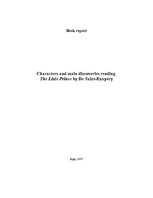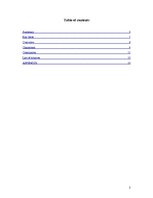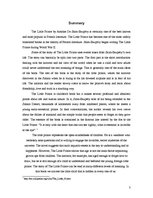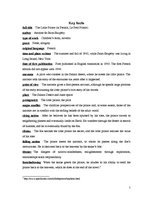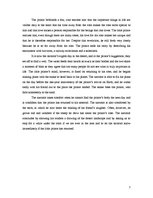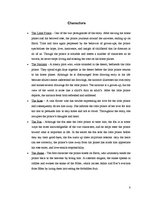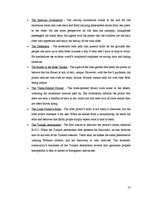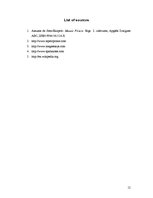The Little Prince (French: Le petit prince), published in 1943, is French aviator Antoine de Saint-Exupéry's (June 29, 1900 – presumably July 31, 1944) most famous novella, which he wrote in the United States, New York, on Long Island. The novella includes a number of drawings by Saint-Exupéry himself, which are reproduced in most versions. The book has been translated into more than 160 languages. The book sold more than 50 million copies worldwide. It is one of the top 50 best-selling books. It has been adapted into a movie musical by Lerner and Loewe, two different operas, as well as into an animated series. It is often used as a beginner's book for French language students. 1
Some of the story of The Little Prince uses events taken from Saint-Exupéry’s own life. If the novel’s surreal fairy tale feels strangely real and personal, this effect is achieved, at least in part, by the fact that Saint-Exupéry was drawing from his own experiences. In The Little Prince, when Saint Exupéry talks about being marooned in the desert in a damaged aircraft, he is in fact making a reference to this experience in his life.
The story itself is imaginative and can be read on many different levels. There is something here for all readers. It is a book that can be enjoyed by people of all ages and backgrounds. In fact, the wider your mind and heart, the more you will appreciate the story. But the narrower your mind and heart, the more you need this story. This small unassuming book hides a wealth of discovery.…
